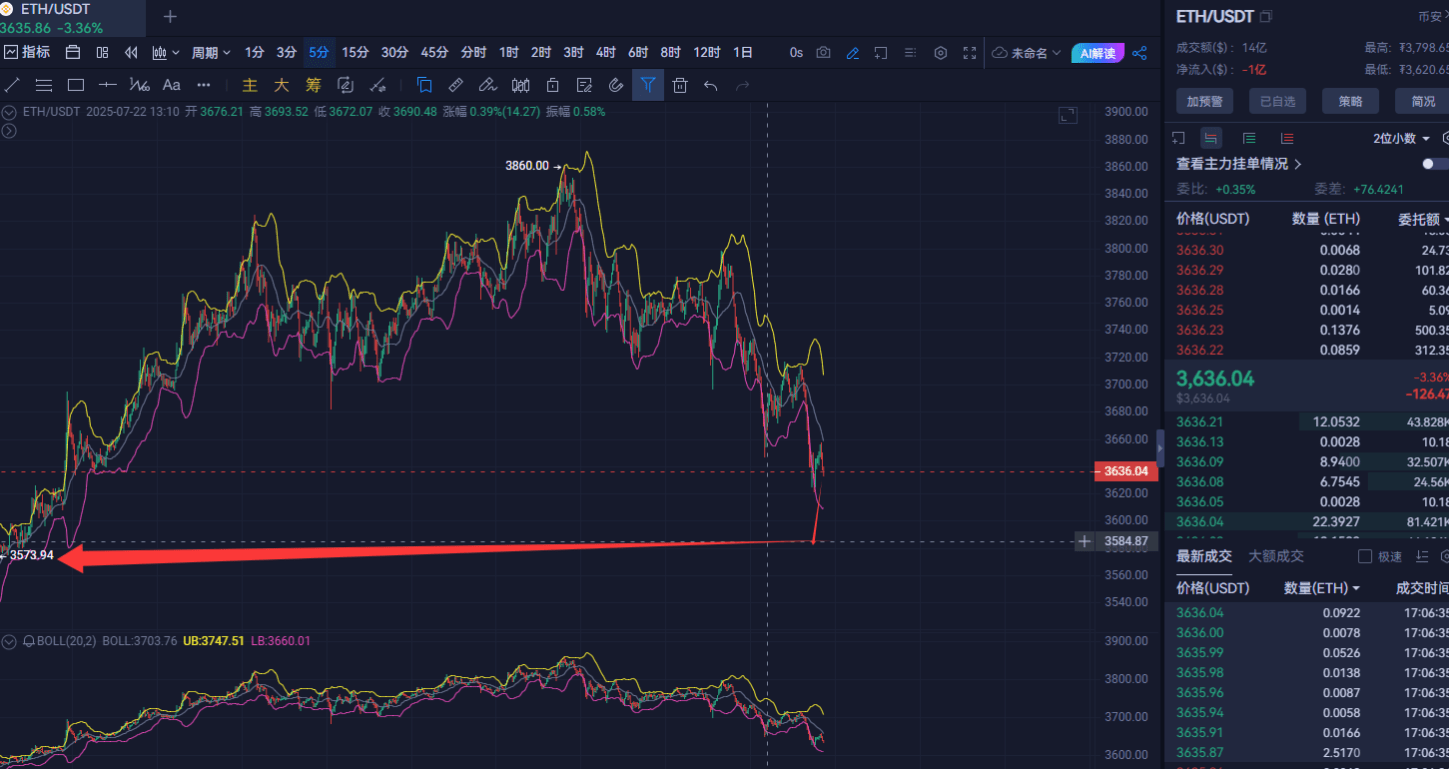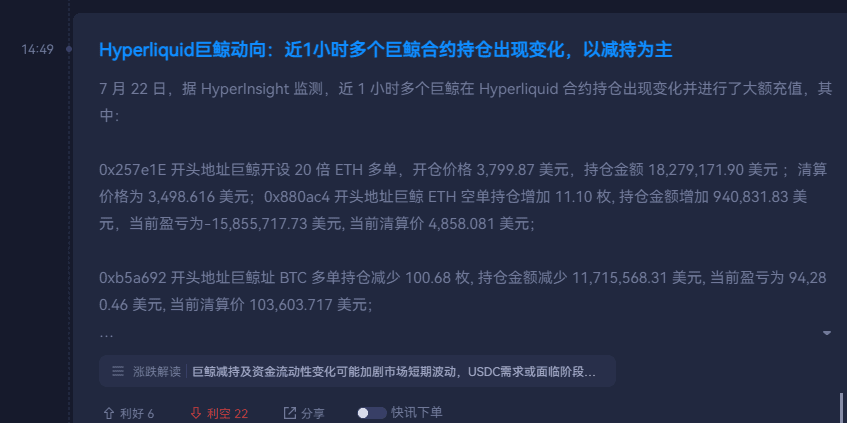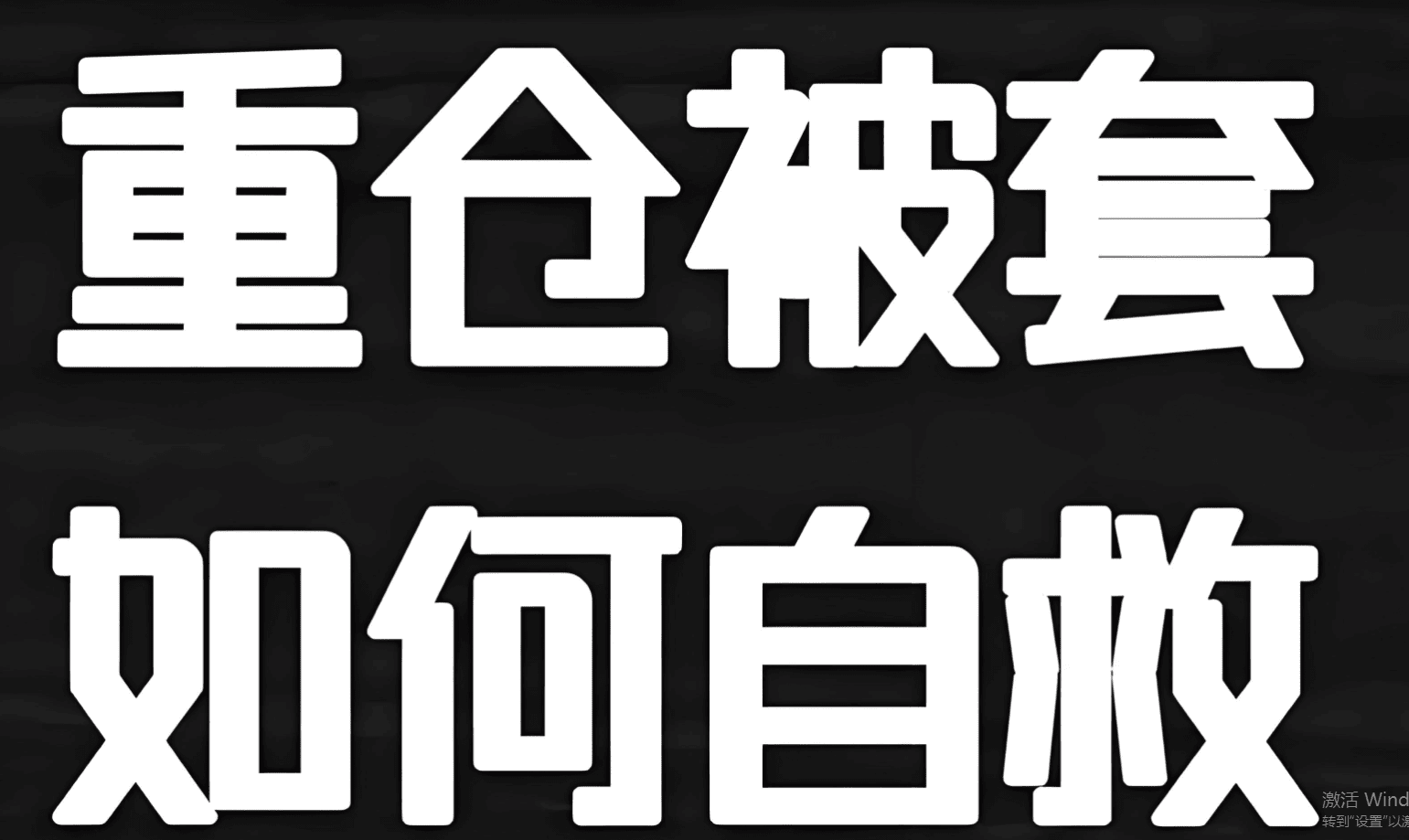Alright, buddy! I understand your situation; it's like driving into a ditch, you need to find a way to get the car out. The long position at ETH 3800 has now dropped to 3650, equivalent to buying at 3800 and now the market only values it at 3650, selling hard would mean a loss of 150 (per ETH). Don’t panic, let me teach you a few 'car repair' tricks to see what suits you:
Lay flat and play dead, wait for rescue (hold until rebound)
Most commonly used and also the most challenging for mindset. Just hold on, believe that ETH will eventually rise back to 3800 or even higher.
Advantage: Simple, no need to put in more money, and if it really rises back, you can break even or even make a profit.
Disadvantage: The most passive! If the market continues to drop, you will lose even more and may get liquidated (if it's a contract). It occupies capital, and just looking at it is uncomfortable, affecting your mood and judgment.

When to use it?
You are using spare money, not needed in the short term, and can withstand fluctuations.
You believe that ETH will definitely rebound in the medium to long term (for example, believing the bull market is still on).
Your leverage is not high, and you're far from the liquidation price.
Key point: Close the trading software, do what you need to do, don't stare at it every day, or your mindset will easily break. The premise is to ensure you won't get liquidated!
A decisive cut, take losses and exit (stop loss and leave the market)
The most decisive and also the most painful. Directly close the long position at 3650 or find a price you think is acceptable (like waiting for a slight rebound to 3670-3680) and take the loss.
Advantage: Immediate loss control! You've lost, but the amount is fixed, and you can retrieve the money and be free. No need to worry about further declines. Freed-up funds can be used for other opportunities to earn back.
Disadvantage: Real losses, cutting losses is painful. If a rebound occurs right after you cut, you'll really regret it.
When to use it?
You think ETH will continue to drop; it won't return to 3800 in the short or even medium term.
Your position is very heavy, or leverage is very high, and if it drops a little more you will get liquidated, you must run!
You urgently need this money or have discovered a better investment opportunity.
Your mindset can no longer hold up, seriously affecting your life.
Key point: Act quickly and decisively, don't hesitate. Once you cut losses, don't look back, focus on finding the next opportunity.

Add positions in batches to lower costs (build positions in batches to average out price)
Take the initiative, but you need capital. Continue buying ETH at lower prices (like 3650, 3600, 3550...) to lower your overall buying cost.
Advantage: Costs have come down; you don't have to wait for a rise back to 3800 to break even. For example, if you buy 1 at 3800 and another at 3650, the average cost is 3725. As long as ETH rises to 3725, you won't lose; if it rises back to 3800, you will gain.
Disadvantage: Very dangerous! You need extra money to add positions. If the market continues to drop, you will lose even more (because your position is larger). It's easy to get deeper and deeper into a 'bottomless pit.'
When to use it?
You are very optimistic that ETH will rebound soon and have sufficient backup funds.
You have set a strict position-adding plan (for example, add once it drops a certain amount, and how much to add each time), not just going all in on a whim.
You think the current price is cheap enough and worth adding to your position.
Key point:
Never go all in! Always do it in batches, leaving enough bullets.
Set a mental bottom line! For example, only add positions down to 3500 and then stop, or limit how much capital to invest.
Confirm the trend! At least don't frantically add positions halfway down during a waterfall decline.

Open a short position to hedge risks (lock positions)
Technical trading strategy, akin to buying insurance. Open a short position of equal amount (or equivalent value based on leverage) around 3650.
Advantage: Locks in current losses. Regardless of whether ETH rises or falls afterwards, your losses from the 3800 long position and the profits (or losses) from the 3650 short position will offset each other to some extent, leaving your final loss fixed between the difference of 3800 and 3650. There's no need to fear a further drop; your mindset can be steadier.
Disadvantage: Operations are a bit complex (need to calculate positions). Locking positions does not make profits! It merely prevents further losses. Unlocking requires judging the direction (for example, wait for a rebound to close short positions, or wait for a decline to close long positions), and if not done well, you can be hit on both sides. It occupies more margin.
When to use it?
You completely can't understand the direction in the short term, don't want to cut losses nor gamble on a rebound, just want to stabilize first.
The market is highly volatile, and you're afraid you can't withstand the severe fluctuations without getting liquidated.
You need time to calm down before making the next decision.
Key point: Understand the principle of locking positions, ensure the value of positions matches. Remember, this is just a pause button, not a solution key; ultimately, you still need to unlock (close one side of the position).

Sell high and buy low, doing T to reduce cost (day trading/short-term swings)
A technique for skilled traders, high difficulty. Within a day or short cycle, use volatility: if you feel it's going to drop, first close some long positions (even at a loss), wait for the price to drop (for example, to 3620) and then buy back. This way, although you haven't gotten out of the loss, you've reduced your holding cost.
Advantage: If done well, it can effectively reduce costs.
Disadvantage: Extremely high difficulty! It's very easy to go against the trend, increasing costs (selling high without buying back or bottoming out at halfway). Frequent operations incur high fees. It's tiring, and you need to keep an eye on the market.
When to use it?
You are an experienced short-term trader with good market feel.
The market is in a volatile state, fluctuations are predictable.
You have enough time to watch the market.
Key point: Don't take on porcelain work without having the skills! Newbies are strongly advised against trying; it can easily make things worse. Use only a small portion of your position to control risks.

To sum up, buddy, how should you choose?
First, check your position and leverage!
Is your high leverage about to be liquidated? Prioritize 2. Stop loss or 4. Lock position! Protect your life!
Low leverage/spot? There are many options, depending on your confidence and funds: If you have confidence and money, then add positions in batches; if you have confidence but no money, then lay flat; if you lack confidence, then stop loss.
Reassess your judgment on the market outlook!
The most important advice
Don't be stubborn! Don't take revenge trades! It's easy to get carried away when trying to recover losses, and once you do, it's game over.
Plan your trades, trade your plan! Choose a method and execute it, don't keep changing.
Controlling risks is always the top priority! Only by staying alive can you have a chance to earn back.
Deep reflection! Why did you get stuck? Did you chase the high? Did you not set a stop loss? Is your position too heavy? Don't make the same mistake next time!
In the current market, ETH has come down from its high and is now lingering near a critical position, making it hard to say which way it will go. You need to weigh for yourself whether you believe it can rebound or think it can't get past this hurdle. Based on your own situation, choose the least uncomfortable and most feasible plan! Who hasn't been stuck in trading? The key is how to climb out.
Hold on, we can win!
#解套
If you don't know what to do, just focus on convergence, and let the top experts in convergence teach you hands-on.